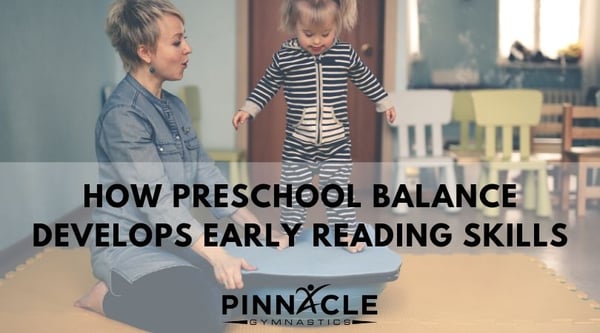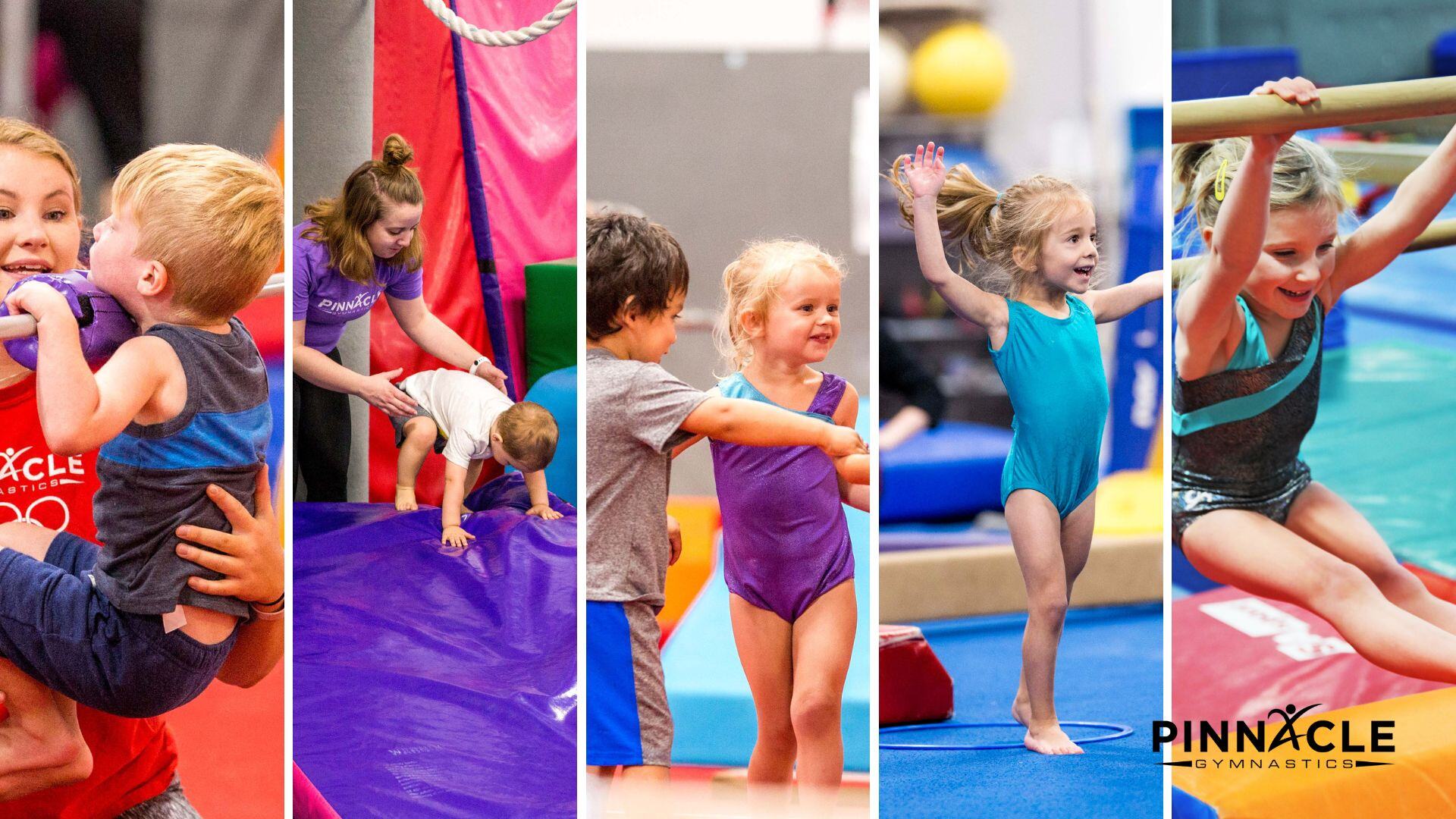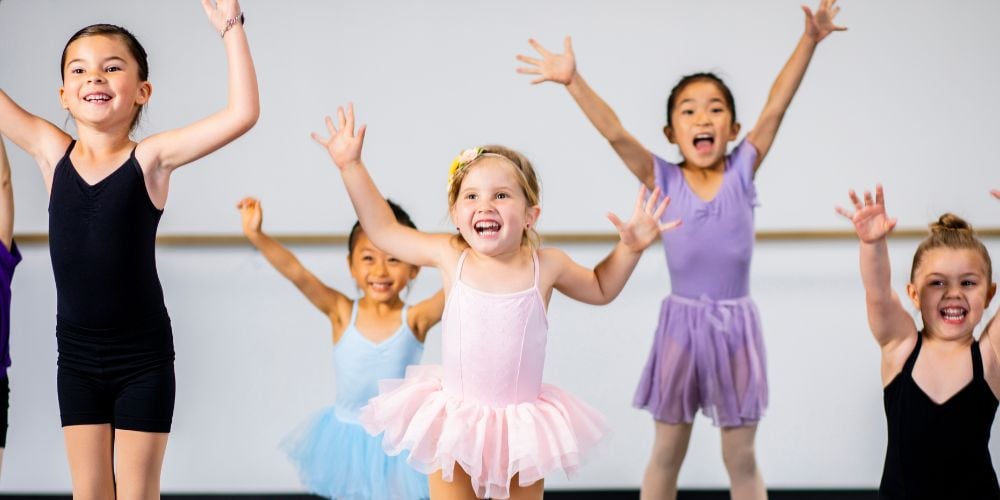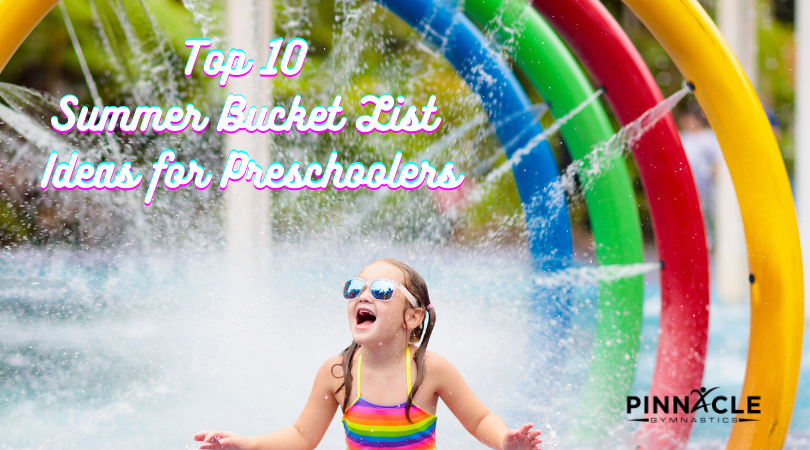How Preschool Balance Links to Early Reading Skills
Balance is the ability to hold your body upright and steady without falling down, in a sitting or standing position, and it's a significant component of child development. Children must learn how to balance before they can progress to higher level gross motor skills such as hopping, skipping, or going up and down the stairs properly. And it's not just gross motor skills, teaching balance at a young age sets the child up for better body awareness, coordination and concentration.

We as adults think of balance in how we balance our lives; our work life balance, the balance of time between our kids, our spouses, etc. Many days, we try to "balance" it all! Did you know that helping your child achieve balance (literally) is just as important.
Activities that help promote a child's sense of balance:
- Hopscotch
- Balance on one foot
- Using the balance beam
- Using a ladder bridge
- Using a scooter
- Walking on a rope
Balance and Vestibular Movement Develop Reading Skills
Did you also know that practicing balance can greatly improve your preschooler's reading development? According to Dr. Rosalyn Coleman, OD, a Functional and Developmental Optometrist, who uses a balance board with her young patients, "The vestibular system contributes greatly to reading eye movements, eye hand coordination, balance, motor planning, etc." The vestibular system, for those of you who need some layman's terms here, starts in the inner and middle ear and is the sensory system that contributes to balance and spatial orientation.
Here's the problem, kids do not move or experience things the way kids did 25-50 years ago, so many of life's experiences that helped develop a strong vestibular system are not happening. If your child is in school, their recess has most likely been whittled down to a meager 10 minutes a day! Then, they come home and watch tv, play video games or do homework, and they're not outside moving.
Activities that help develop a strong vestibular system:
- Rolling
- Crawling
- Climbing
- Jumping
- Balancing
- Spinning
- Preschool Gymnastics
According to Marjorie Woollacott, Ph.D., professor of human physiology at the University of Oregon, "Balance is the pillar beneath every skill we have." Children these days are becoming overweight in alarming numbers, and they're spending a large amount of time hunched over cell phones and laptops. Not to mention the lack of exercise due to more hours watching TV and playing video games. Continuously bending over or carrying extra weight "can affect posture and balance, which could then lead to less success in sports or even problems with gait," says Harriet Williams, Ph.D, a professor of exercise science at the University of South Carolina in Columbia. Source: The Art of Balance; Parents.com.
It's fun to get creative and make these activities easier or harder depending on your child's age and progression of skills. By working on balance, your child will learn to use their muscles properly, which sets them up for success in playing games and sports and therefore being CONFIDENT!
Read More:
- Three Year Old Milestones
- Four Year Old Milestones
- Is Your Preschooler Ready for Organized Sports?
- Easing Your Preschooler's Separation Anxiety




